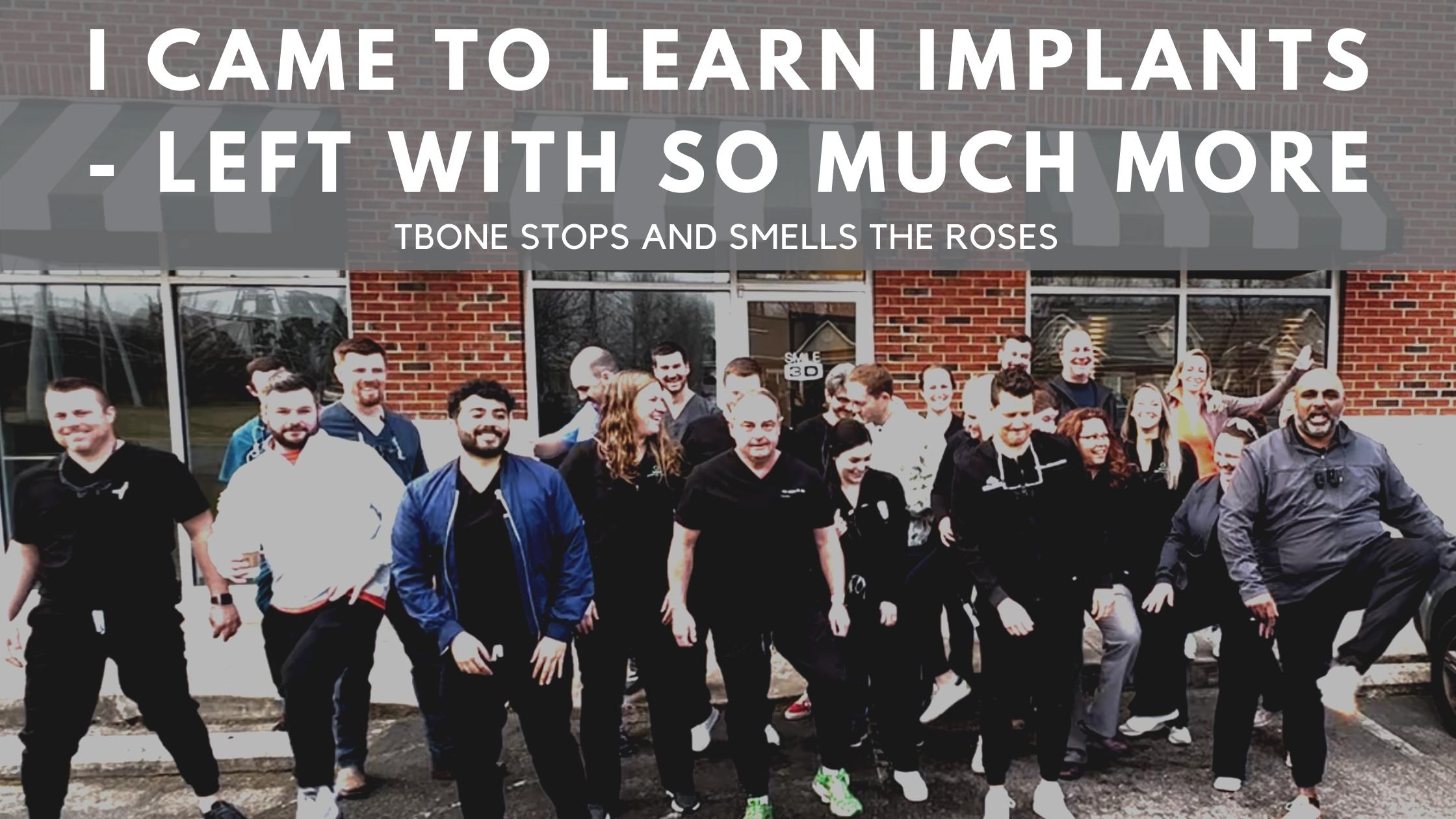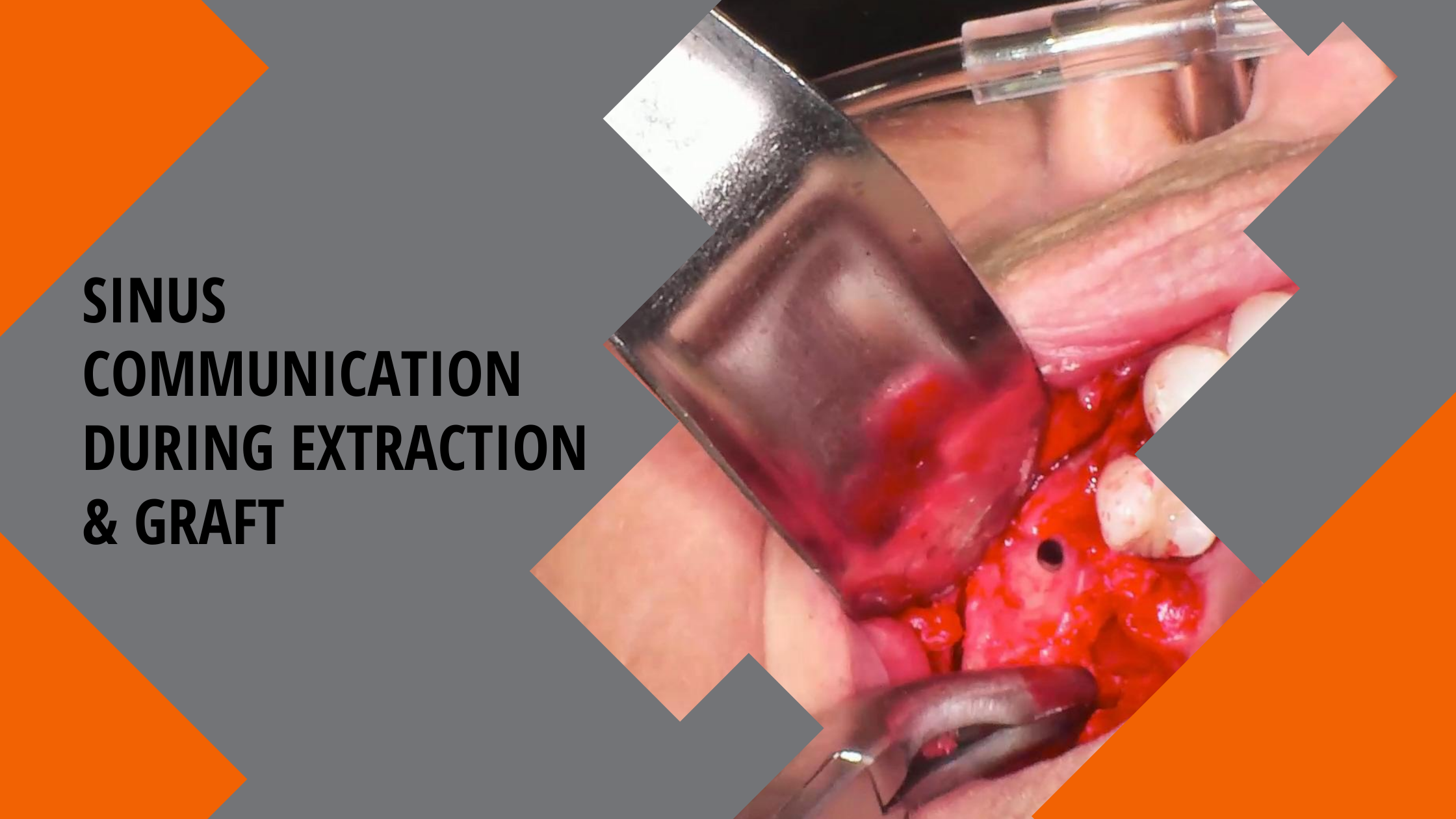Guided implant surgery is only as accurate as the surgical guide. Unfortunately, not all surgical guides are created equal.
I wanted to share a quick example of the precision and painstaking care that goes into the Sirona/SiCAT surgical guide.
An OptiGuide is a digital surgical guide that is milled from combination of CEREC tooth data with Galileos/XG3D imaging data.
The accuracy of the OptiGuide is directly dependent on the accuracy of the ‘merge’ of the two datasets. This ‘merge’ is a semi-automatic process directly in the Sirona Sidexis software that accompanies each of their cone beam systems.
SiCAT performs a detailed evaluation of the ‘merge’ prior to fabricating the surgical guide. Below you can see an example of a ‘merge’ that didn’t meet their requirements and the communication from SiCAT to the treating doctor.
The discrepancy was a mere 0.4mm from one side to the other.
So why did this happen? The short answer is wrong case selection due to extensive metal artifacts. These artifacts make the ‘merge’ of CEREC to cone beam data more difficult and less accurate.
My main message here is that we are fortunate to utilize a process that employs these checks and double checks to ensure accurate surgical guides.
To SiCAT and Sirona – my practice and patients are grateful for your efforts and dedication to excellence.







